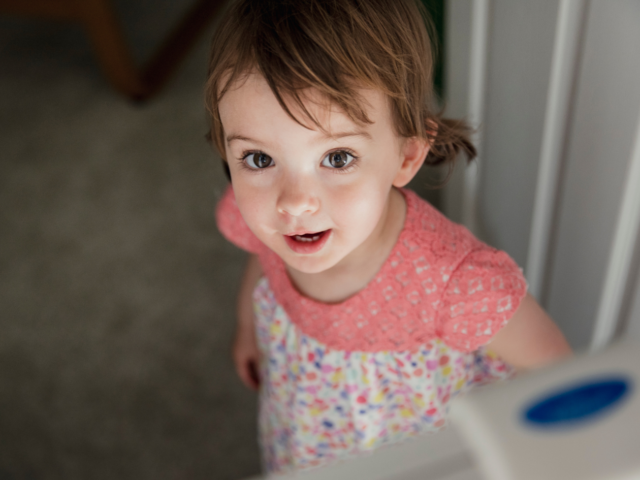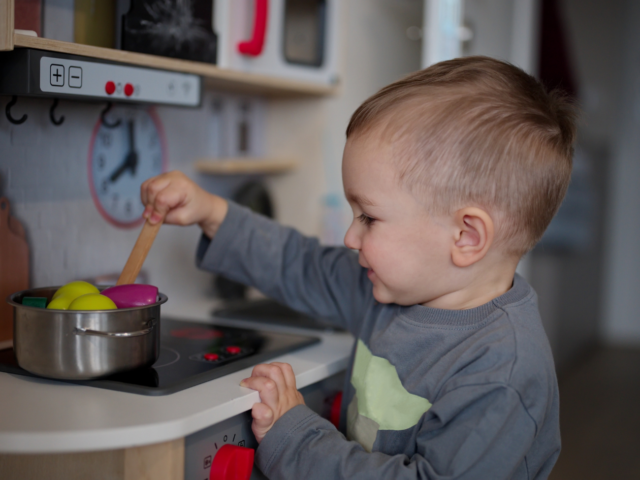The 2021 edition of the report marks the tenth year that The Children’s Society has measured the wellbeing of children in the UK. The Good Childhood Report draws on data from Understanding Society, the Millenium Cohort Study and a special survey of children commissioned by The Children’s Society. This year the report gives an overview of the latest trends in subjective wellbeing, an exploration of how children’s wellbeing during the early teenage years relates to outcomes at aged 17, and an analysis of children’s experiences of the coronavirus pandemic.
Measuring children’s happiness
Understanding Society is used to measure trends in children’s happiness over time. The report uses data from our children and young people’s survey, completed by 10-15 year olds in the Study. The survey asks about happiness with family, friends, school and schoolwork, appearance and life as a whole. Previous Good Childhood Reports have shown that children’s happiness in many areas of their life is declining over time, and this year’s report shows that this trend has continued.
- Children’s happiness with four of the six measures was significantly lower in 2018-19 than when the survey began in 2009-10. Happiness with life as a whole, friends, appearance and school has consistently declined over this period.
- More children were unhappy with their appearance and school in 2018-19 than with the other four aspects of life. This is a pattern that has been repeated in the previous years.
- There are some consistent gender differences across the years. Boys have on average been happier with their appearance than girls (though boys’ scores have also declined in recent years). Girls have repeatedly been happier with schoolwork.
Proportion of children with happiness score below midpoint (0 to 4 out of 10) for life as a whole and five different aspects of life, UK, 2009-10 to 2018-19. From The Good Childhood Report 2021.
Improving children’s lives in the UK
Research from The Children’s Society shows that around 12% of children aged 10-17 have low wellbeing. The Good Childhood Report authors comment,
“As Coronavirus restrictions are lifted,this report highlights a number of key areas for focus in improving children’s lives. Survey data shows that, even before the pandemic,there were worrying reductions in children’s happiness with their lives as a whole, their friends, their school and their appearance, which need to be understood and targeted. School and appearance have consistently been the aspects of life where more children have been unhappy over the last 10 years, and (un)happiness with appearance no longer appears to just be a concern for girls, with boys’ happiness with this aspect of life also declining. Although children are now back at school,parents’ responses to our 2021 survey suggest there is still some way to go to make up for the disruption to children’s education, and it will be important to monitor responses to questions on happiness/satisfaction with school and schoolwork in surveys/other research going forward.”
Read The Good Childhood Report.
Family and householdsHealth and wellbeingYoung people





